by Jacob Shapiro
At the end of my last piece, I mentioned a lack of conversation at this year’s ComicsPro industry summit about U.S. President Donald Trump’s threats of tariffs against Canada and China (as well as Mexico) having massive ramifications for the comics industry. Well… the tariffs are here now. As of this writing, the United States is imposing a 25% tax on goods imported from Canada and Mexico, and a 10% tax on those imported from China.
The U.S. comic book industry, from Marvel and DC down to small independent publishers, depends on Canada and China. They’re perhaps the two most important countries for printing American comics and graphic novels; even books that aren’t printed in Canada are still using Canadian paper.
At the Society of Illustrators’ annual MoCCA Arts Fest in New York City earlier this month, I spoke with publishers and artists about how the tariffs are impacting them. Publishers say it’s already affecting their profit/loss reports; for some, even with the tariffs, Canada and China are still the most cost-effective options for printing, while others are pivoting from Chinese printers to companies in Korea or Thailand. Printers in these countries are ramping up production in anticipation of increased business due to the tariffs on China.
Aspen and Jacob from Fantom Comics at MoCCA Arts Fest in NYC
Trump theoretically wants to push manufacturing back to the United States, but domestic printers and paper companies have insufficient capacity to produce American comic books after decades of publishers printing abroad. It’s not only about cost; these overseas printers have developed the knowledge and technology to print books in ways U.S. printers can’t match at a large scale. If Trump really wants American comics to be printed Stateside, we’d have to lay out a years-long infrastructure plan to build adequate printing facilities… presumably with federal funding? I don’t know if our economy can withstand the negative effects of the tariffs until then.
Americans read plenty of comics from Canadian publishers—Montreal-based Drawn & Quarterly publishes everything from Moomin to Mariko & Jillian Tamaki. Some publishers north of the border, who already work with U.S. warehouses to avoid expensive international shipping to the larger American comics market, are now feeling pressure whether to move their entire business to the U.S. if they want to stay afloat, or rethink their whole business model. Most of these Canadians would probably rather remain living in their home country if they can help it.
Maybe Trump’s idea is that Drawn & Quarterly should suffer because they’re Canadian, so the great American Fantagraphics can take over the literary graphic novel market… but as a retailer, I’d rather be able to sell comics from all over the world. If you’ve seen the size of the manga/webtoon section at Barnes & Noble lately, compared to their American comics section, you know U.S. readers in 2025 are reading volumes more international comics than American ones.
One of the most interesting subplots of independent comics festivals the last few years has been the influx of daring, subversive comics by artists from Taiwan, Hong Kong, mainland China, and the Chinese diaspora. Canadian-American publisher Paradise Systems, focused on translating indie Chinese comics, is putting out some of the most innovative comics I have read in years. We’re also seeing experimental Chinese work being published by other great indie presses like Glacier Bay Books (Canadian-American as well) and Bulgilhan Press.
Australian-Chinese dissident artist Badiucao sat on a discussion panel at MoCCA this month with Cuban-American political cartoonist Edel Rodriguez called “Dissidents in Exile.” Per Publishers Weekly, Badiucao told the crowd,
“As a Chinese political artist, we used to look up to the democracy in America as a kind of beacon shining the way for China… but witnessing what’s happening in America is a huge disappointment. It’s really a peculiar time to be in America and from the perspective of a Chinese dissident, knowing the way rights are stripped away from people, to tell the American people that this time might be different. You really need to defend your democracy.”
Chinese artists who come to U.S. comic shows are at risk of breaking Chinese law by publishing political work; with Trump’s trade war escalating tensions between the two countries, some are worried Xi could begin enforcing more of these censorship laws against artists traveling to the U.S.
There’s something surreal about hearing someone from a country with an authoritarian government say they’re seeing the same pattern here. Donald Trump’s weaponization of culture war issues and the new wave of social conservatism across American media is bound to have an effect on which comics get published. Fingers crossed we don’t get another Comics Code Authority.
Running a comic shop in Washington, D.C., of all cities to run a comic shop, has provided an interesting 2025 for me to say the least. A large portion of my customer base works for the U.S. government or organizations/businesses that rely on federal contracts, so if Trump and Elon Musk continue dismantling government departments, my customers will lose their jobs. Makes me worry for my business; a few regulars have already canceled their subscriptions with us due to the layoffs.
PW published an article last week on how bookstores here in D.C. are experiencing the government cuts. Kramers, a famous bookstore/café a few blocks from my store, says they’ve already seen a dropoff in customer traffic and sales since the beginning of the year. Luckily the first quarter of 2025 has been more successful at Fantom Comics than the same three months in 2024.
On top of that, because the District of Columbia isn’t a state, it has to get its annual city budget approved by Congress—so of course, Donald Trump is demanding D.C. slashes its budget by $1.1 billion. The budget is not reliant on federal funds and has already been approved by Congress for this year. Cutting over a billion dollars will cripple its ability to provide basic services, public safety, and keep schools open. Washington, D.C., is not just a collection of government buildings and museums; it’s a city of 700,000 people. If these cuts happen, small businesses like mine across the District will be forced to close.
I think Fantom’s success despite the existential dread blanketing D.C. right now is due to two factors. First, there’s been a strong slate of comics this year so far, with hits like Absolute Batman and The Guy She Was Interested in Wasn’t a Guy at All keeping readers walking through our doors. Second, we’ve put a huge emphasis on events programming at Fantom, with art workshops, book clubs, and gaming tournaments nearly every day of the week. In desperate times, community and in-person connection are more important than ever, and it’s something a brick-and-mortar small business can create that Amazon can’t replicate yet. But we’re only a couple months into Trump’s second term… time will tell if the customers keep coming in.
Ironically, up the street from Fantom Comics is a new Chinese/English bookstore that opened up in the neighborhood last year, Jifeng Books—a shop from Shanghai that served as a popular forum for political and philosophical discourse before closing in 2018 when city officials canceled their events and refused to renew their lease in a crackdown on free political discussion. JF Books’ new D.C. location runs a full schedule of event programming just like my shop does, but operates as a nonprofit and raises money through monthly membership donations from its customers. Maybe I should think about that for Fantom if things go south this year.
Jacob Shapiro is the co-owner & co-manager of Fantom Comics in Washington, DC. He previously worked as sales & marketing manager at Nobrow/Flying Eye Books and Penzler Publishers/the Mysterious Bookshop.
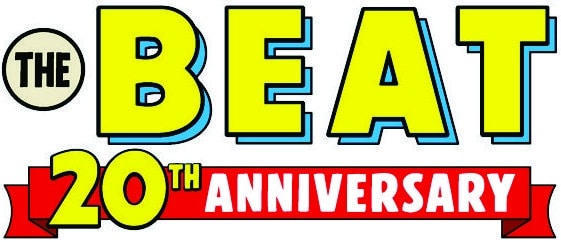

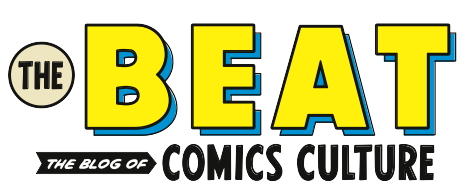
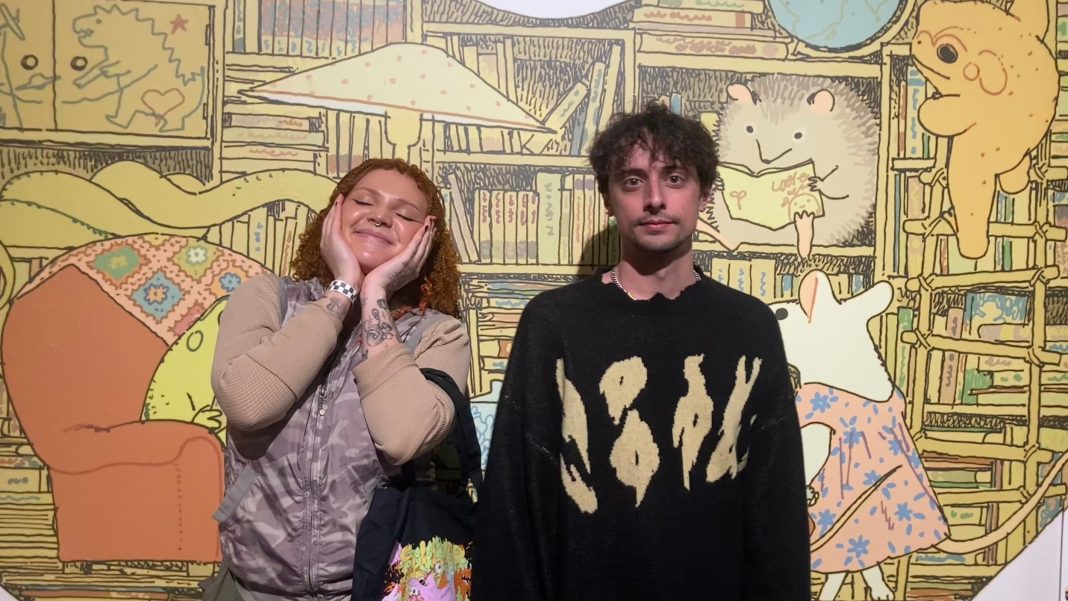
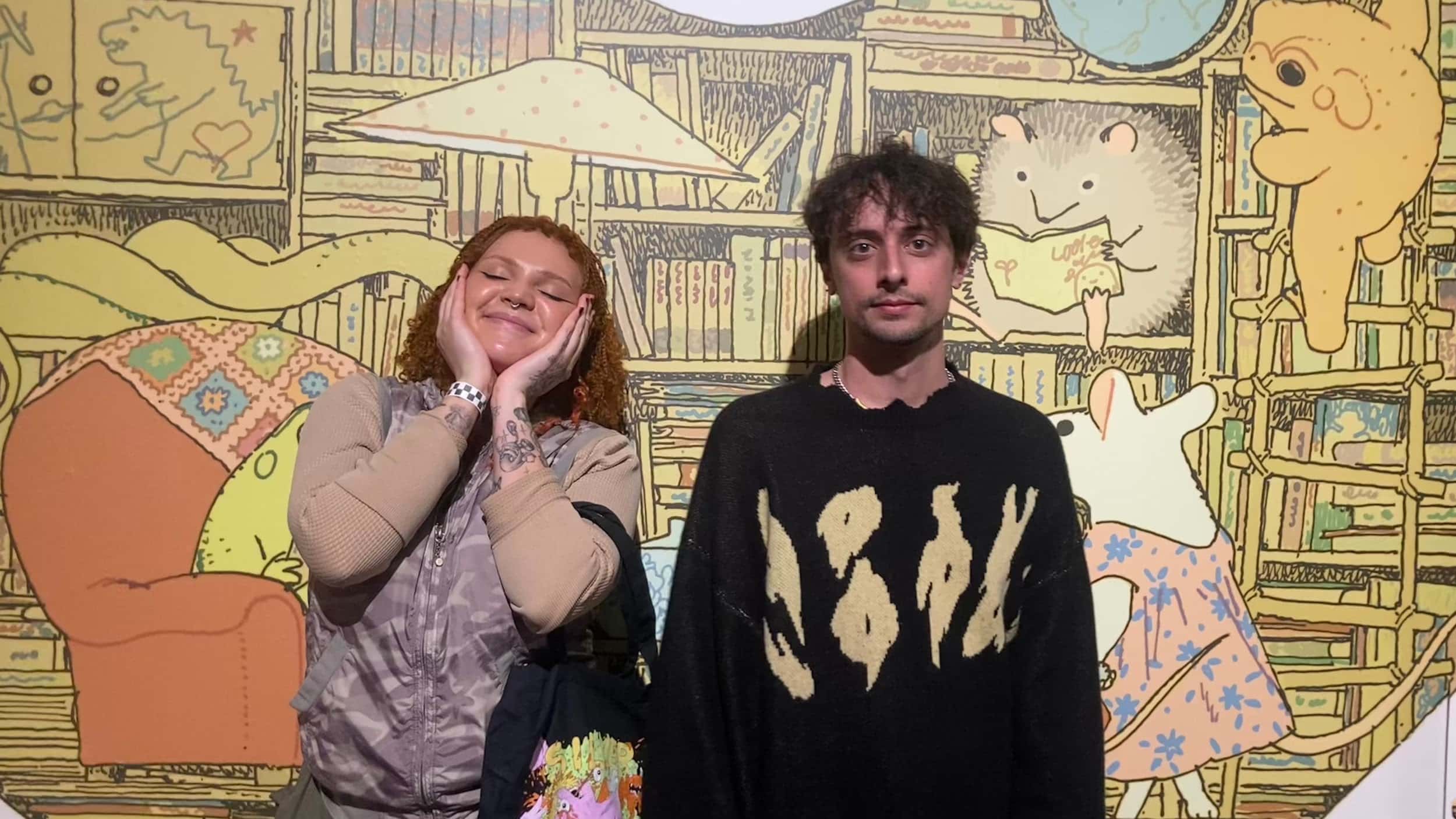
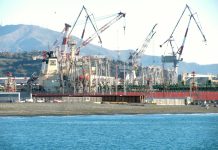








Fantom is a cool shop I’ve bought from! Great to hear the view of a retailer.
There are no domestic printers able to print comics?!?
First, let’s talk about the Print On Demand services offered by Ingram, Amazon, and many others. CreateSpace is littered (buried?) with thousands of crappy comics and graphic novels. Many small press creators print small batch copies here in the US
Second, let’s talk about domestic printers such as Brenner. Or your local newspaper printing plants. Oh? You want something slick, not on newsprint? Every city has at least one regional magazine. Where do those magazines get printed? (And size doesn’t really matter, nor do the interiors. It’s all digital. Every magazine page design has been printed as a photograph since at least the first issue of Life.)
Third, you say you need hundreds of thousands of copies? Where does National Geographic print their copies? (And how did they sell those comic-sized magazines at the same price as a 32-page comic?!) Answer: Quad Graphics, in Martinsburg, WV.
What of Dotdash Meredith, which seems to be the lone survivor of grocery store newsstands, printing “commemorative” editions almost instantly? They export to Canada.
https://www.dotdashmeredith.com/forced-labour-report
Congratulations to Torsten on providing such a thorough breakdown of the costs-per-unit at each of those printers, for everything from floppies through to smyth-sewn deluxe embossed hardcovers with UV spot gloss, at a full range of page counts including a mix of 4C and B&W sigs, delineating the print runs at which each c-p-u drops, and including only examples of each printer’s work that consist of high-quality image repro on a range of durable paper stocks. Not to mention confirming the capacity for each plant to absorb the added business of 3, 12, or 50 comics publishers. A truly useful comment, from which we can all learn, and conclusive proof that anyone with decades of comics publishing experience in the US is wrong about the effect of tariffs, has only lasted in the business by pure accident, and would already be living on a gold yacht if they’d simply kept printing in the lower 48 up until now.
Comments are closed.